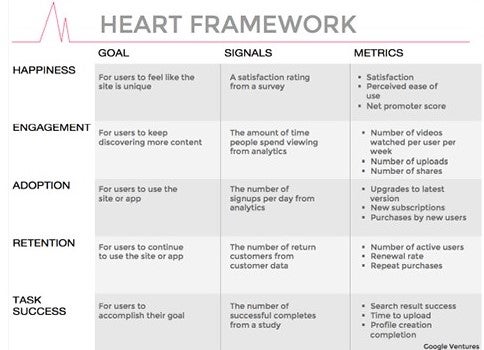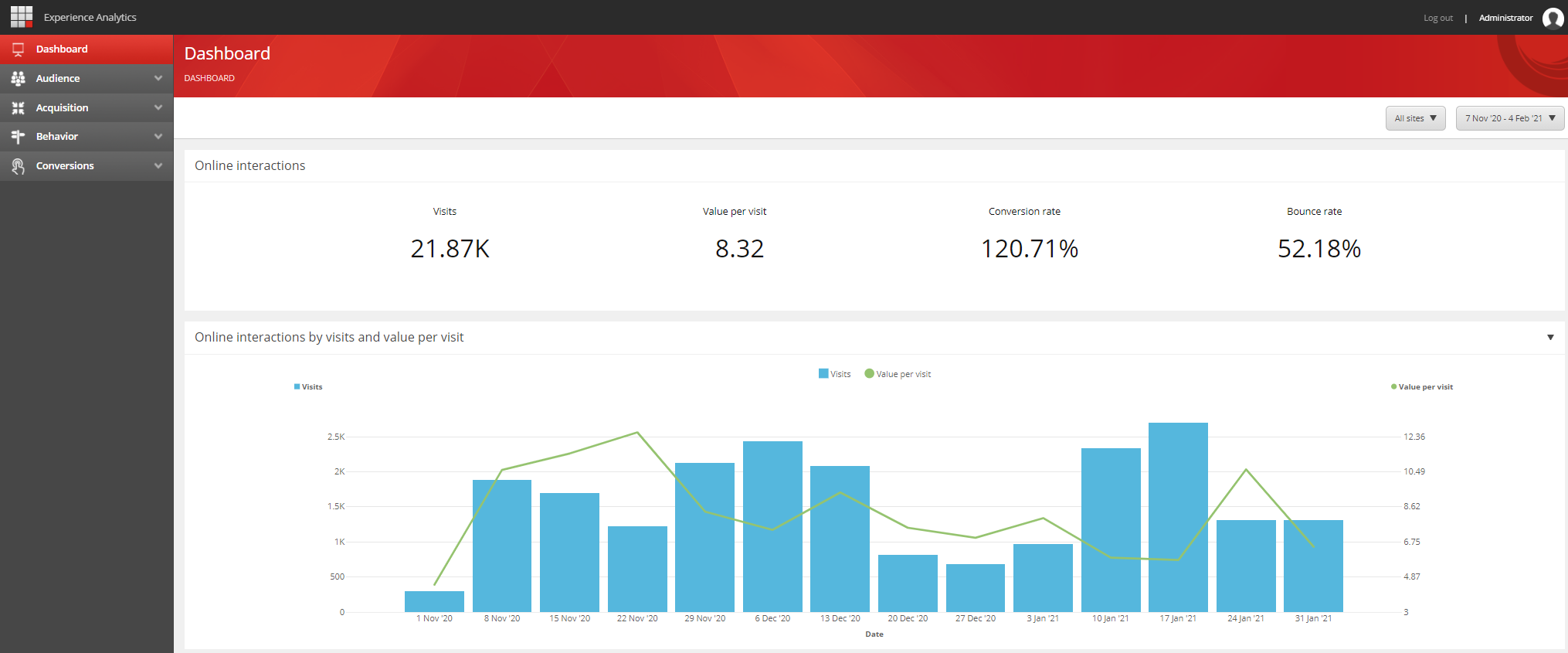Know Thy Port, Know Thy Direction
Rachna Gupta - Digital Marketing Specialist
15 Feb 2021
“If one does not know which port one is sailing to, no wind is favorable.”
Lucius Annaeus Seneca, (3 BC to 65 AD)
Ancient Roman Stoic Philosopher, Statesman & Dramatist
Every marketing professional worth their salt understands the value of defining goals and consciously channelizes organizational efforts to achieve them consistently. While everyone agrees that being data-driven is critical, one of the most common mistakes observed is one-off reports and random data extracts for analysis or reporting.
According to a recent HubSpot survey of 3400 marketers, almost 48% of organizations do not use attribution reporting1. An attribution report is used to understand the journey someone takes from the first time they set foot on your website to the time they complete your most valuable goals. It goes beyond the conversion metric to give you an insight into the customer journey and shows you a perspective beyond the traditional funnel.
While the lack of data is a big problem for many, an overload of data availability also leads to decision paralysis2. In fact, Debra Bass, President of Johnson & Johnson, suggested that marketers are suffering from what she called “Infobesity,” gorging on an inconsumable amount of data that is not just unwieldy but can become dysfunctional.
Going with Debra’s analogy, I would say, an effective analytics strategy is like a healthy balanced meal, one that fulfills all nutritional needs without overwhelming any specific food group.
This takes us to a series of questions: what to measure, why, when, where, and how? Digital Marketing Professionals encounter this challenge regularly and the permutation of available metrics across a wide variety of touchpoints simply adds to the complexity of this exercise.
Start Simple
Steve Jobs said “Start small, think big. Take a handful of simple things, to begin with, and then progress to more complex ones.” Keep this principle in mind when you begin your journey to define goals for your digital touchpoints.
While a goal could be anything, they would most often fall across one of three buckets:
1- Brand Awareness 2- Customer Acquisition 3- Customer Retention
While business goals could be long term visionary or short-term experiments, when it comes to tangible goals you want to measure across a touchpoint, it is helpful if you further drill down into specific tactical metrics that you want to track.
I strongly recommend the HEART framework: Happiness, Engagement, Adoption, Retention, and Task Success. These are categories, from which teams can then define the specific metrics that they will use to track progress towards goals.

Introducing Sitecore Experience Analytics
I am assuming you have leveraged the HEART framework or any other approach you prefer and have now defined your goals, signals, and metrics. The next battle you will find yourselves in is to set up this tracking and scaling it up to predict user/customer behavior. Most of us think about Google Analytics when we think about Analytics implementation and rightfully so. Google Analytics is no doubt the first choice for many, however, if your website is built on Sitecore, you are in for a treat.
Integrated into the Sitecore Experience Platform is Sitecore Experience Analytics. I call it the secret sauce that introduces a paradigm shift in the way a marketer understands their customer, journeys, and the quality of the experience they deliver.
Sitecore Experience Analytics Dashboard

At Konabos, in our consulting experience across various customers, the one trend that we have regularly observed is how often global brands under leverage Sitecore Experience Analytics. Most often we hear, the lack of time and skills available when the website was being built. Eventually, the capability is brushed under the carpet and set aside for the "Mythical Phase Two” which takes its own sweet time to arrive.
Ironically, these organizations have goals and metrics defined and tracked on 3rd party tools such as Google Analytics or Web Trends. No offense to these tools, however not using Sitecore Experience Analytics is like owning a sports car but using a standard sedan in an important race instead.
Sitecore Experience Analytics (SEA), gives you access to an ocean of insights about:
- Audience: Understand who your website visitors are. Where are they based, what languages they engage in, and most importantly, what are the most valuable patterns/journeys that matter?
- Acquisition: Understand your traffic drivers, channels, and campaigns that perform. Find out the sources of your traffic. It is an important aspect of any marketing activity. You need to find out what works for you the best. Your future campaigns can be based on this data.
- Behavior: Understand what people are doing on your website, how they are interacting with different content pieces that you have. This helps you refine your content better and improvise what is serving your audience the most.
- Conversions: Here comes our goals. The goals that you had set up in the beginning. In the conversion section, you can analyze how these goals are converting for you. This also helps you set the right goals on your website and via different marketing campaigns.
Supercharge your Goals to Scale Up, Predict & Personalize
If you feel the above sounds basic and can be done by most Analytics tools, you are right. These are indeed the fundamental must-have features. Sitecore introduces a plethora of capabilities that add a qualitative layer to quantitative data. Sitecore Experience Analytics empowers marketers to assign engagement values across goals and introduces advanced AI to enable prediction and personalization.
Savvy marketers that leverage Experience Analytics delivers high performing relevant digital experiences at scale. They can analyze each individual experience to determine what influenced customer behavior and group customer segments as well as journey patterns to optimize the happy path across strategic goals.
Engage with Konabos
At Konabos, our Digital Experience Optimization Consultants are skilled and experienced in designing digital experiences and measuring performance. We work with your business and technology teams to organize your ecosystem and set up goals that matter.
- Reporting and Attribution in 2020
- Why too much data is problem and how to prevent it
- HEART Framework

Rachna Gupta
Rachna Gupta is a Sitecore Strategy MVP. She has over 15 years of experience across marketing and digital experience platforms. She is a proactive and self-motivated individual with a strong customer focus. She excels in competitive bench-marking and digital asset maturity assessments. She also has hands-on expertise in search engine optimization, social media marketing, and lead generation.

Share on social media